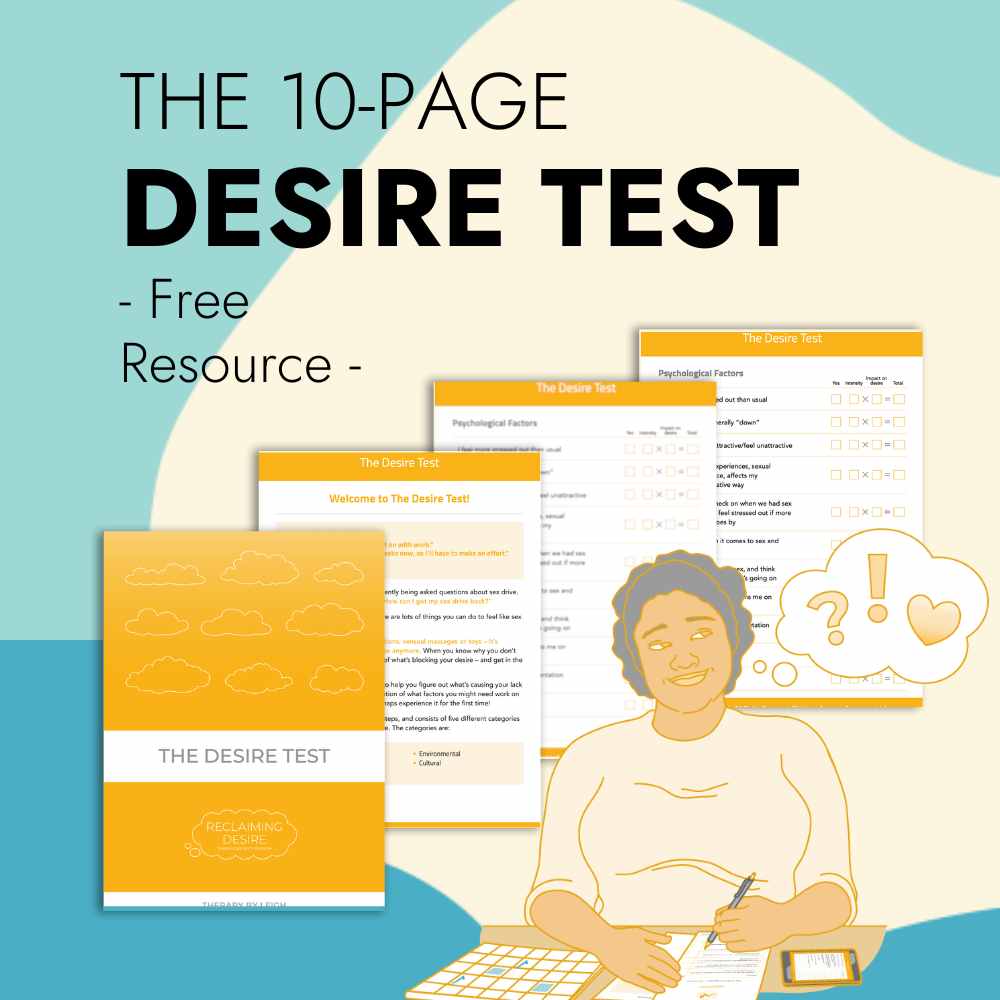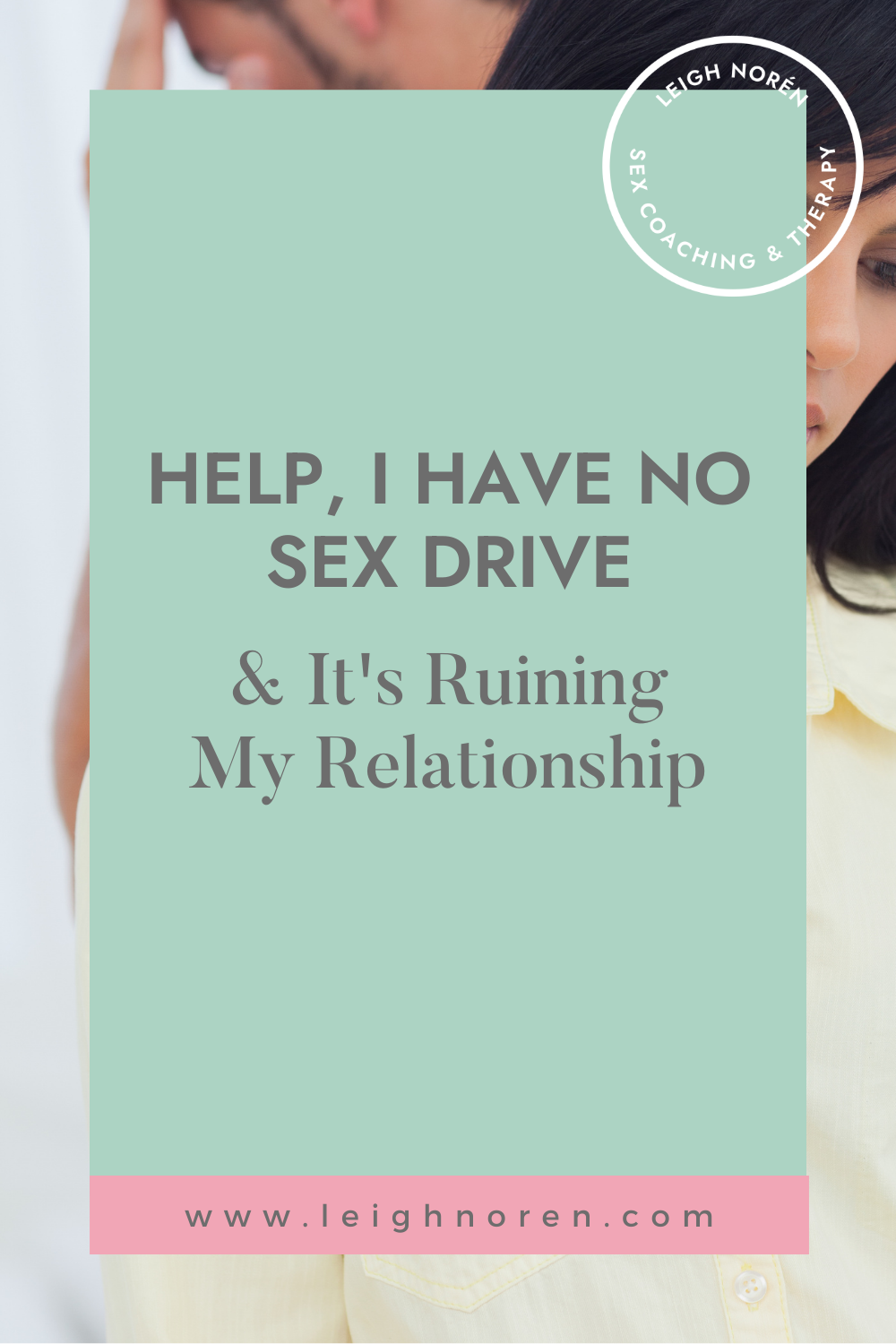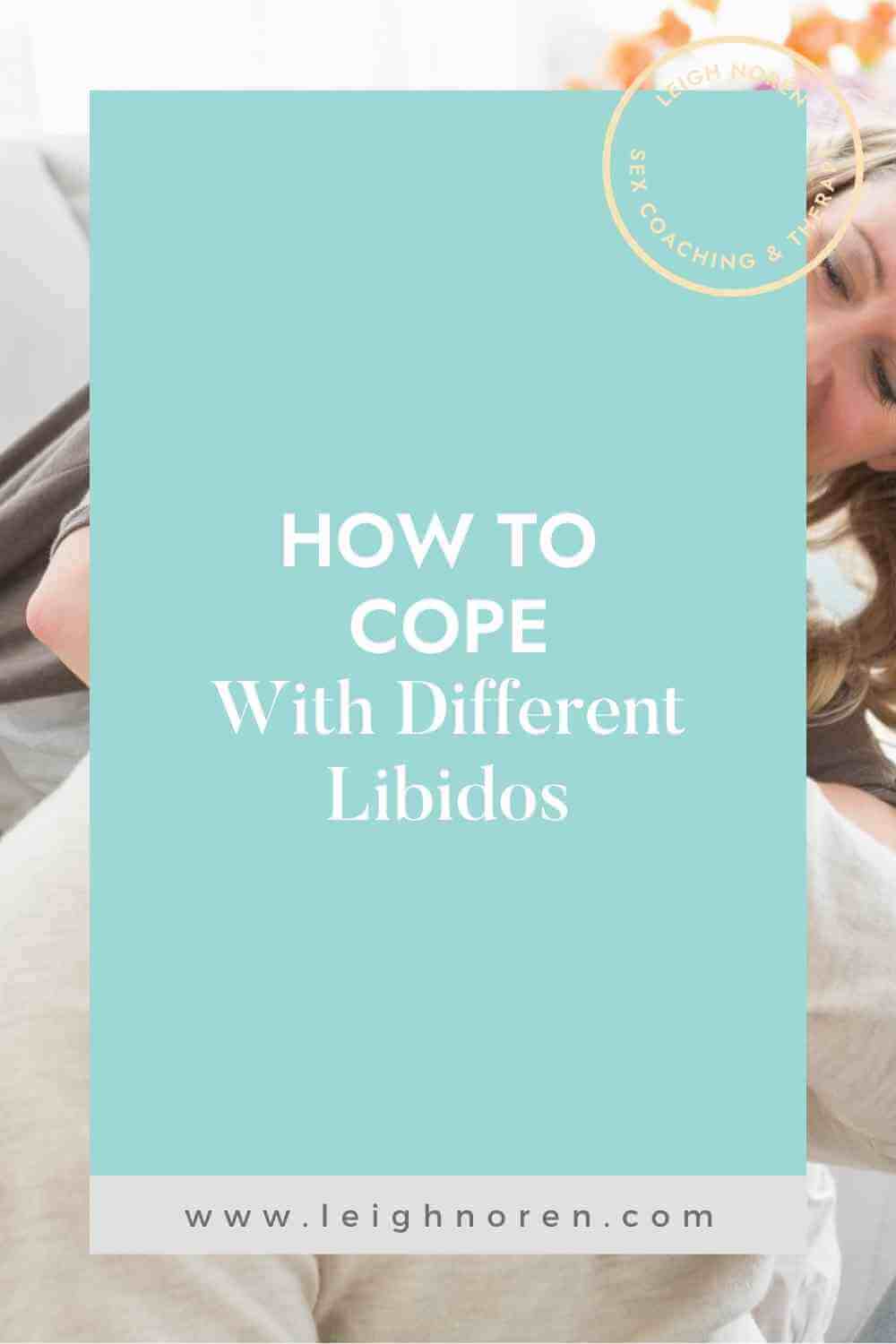What Triggers Sexual Desire In Women
There are lots of things that impact women’s desire for sex. As a sex therapist who regularly sees women with low libido, oftentimes it’s important to focus on what’s turning my clients off as opposed to what triggers sexual desire. Because you can’t elicit libido if you don’t know what’s blocking it.
However, libido is a balancing act that requires you know just as much about what turns you on as what turns you off.
This is why this article will hone in on three key areas that often lead to sexual desire in women – and you might just find that some of these, interestingly enough, contradict each other.
*Note: this article refers to all people who identify as women. However, all of these principles can ring true for you regardless of your gender identity. And the opposite is true too – you might not see yourself represented in everything mentioned in this article, and that doesn’t mean anything is wrong with you.
Experiencing Intimacy
When we think of the word ‘intimacy’, ideas of sexual and emotional closeness usually spring to mind. Both forms of intimacy are important and valid ways of showing and experiencing love and nearness.
For a lot of women, not all – emotional intimacy is a necessary precursor to sexual intimacy.
Experiencing emotional intimacy is, in effect, what triggers sexual desire. For sex to even be on the cards, you need to feel close to your partner or spouse.
They need to have shown an interest in you, your feelings, and your well-being.
You need to feel that you share a deep emotional bond and that the love is mutual.
In essence – you need to feel safe. But this doesn’t mean the sex itself has to be all about intimacy or attachment-building.
Even if intimacy is generally reduced to a concept that encompasses sexual and emotional closeness, it’s actually quite a broad term that involves a whole lot more.
And these aspects can be just as important as having good sex or feeling close to one another on an emotional level.
According to researcher Stephen T. Fife, there are 17 forms of intimacy. Among them are parental intimacy, service intimacy and crisis intimacy. These are important aspects not to be forgotten – and they can all help in increasing intimacy – and in the long run, therefore increase libido.
If you’d like help cultivating more of an intimate connection with your partner, as a means of triggering sexual desire – check out The (free) Guide For Intimacy.
Creating Space
Even if intimacy may be an important factor in what triggers sexual desire in a lot of women, it’s not the whole story.
In fact – actively working on not being too intimate so as you don’t fuse together – is also important if you want to get in the mood (contradictory as it may seem). This is a one of, many, great ways to keep a relationship alive.
But to make matters even more confusing – this act of melting together is something we often strive for in monogamous partnerships.
At the beginning of relationships, in the heat of infatuation, it’s not uncommon to often feel like you can’t get enough of the other person.
Hanging out with anyone else, besides your partner isn’t nearly as interesting as doing even the most of mundane things with your new love – like hanging the laundry or doing your mid-week shop for washing up liquid and sliced bread.
The problem with this is that sexual desire, for a lot of women, occurs in the space between you.
When you work hard to get as close to each other as possible – you end up squashing the space where your sexual desire can be sparked.
As psychotherapist Esther Perel puts it – fire needs air – so don’t squash the space.
To be close, yet feel like you want your partner sexually, it’s important to cultivate your own identity. Because if you don’t know where you stop and the other starts – it might be difficult to get turned on.
Feeling Desirable
According to a lot of previous research and a recent study on the subject, feeling sexually desirable is one of the most important factors in female sexual desire.
Women want (and need) to feel irresistible to want to have sex.
This is showcased in women’s sexual fantasies where a lot of the fantasies are centred around the idea of being desired – sometimes by a lot of people at the same time.
This isn’t to say that men and people of other gender identities don’t need this to feel horny. But when it comes to what triggers sexual desire in women – this factor comes up time and time again.
Fantasies about being the object of desire can take many forms. A lot of the time, they play with the idea of coercion (‘play’ being the key word here).
The idea is that you’re so irresistible that someone cannot control themselves, even if you haven’t consented to having sex.”
This is a popular theme in many romance novels and erotic fiction. According to doctors Ogas and Gaddam, who investigated what turns men and women on, based on internet search history – romance, fanfiction and erotic stories were all hugely popular among women. As was the fantasy of coercion.
As a sex therapist who’s previously specialised in sex after sexual assault, I want to be perfectly clear on the fact that these fantasies about coercion are never about wanting to be sexually assaulted.
As it’s your own fantasy, you’ve already implicitly consented. And the mere idea of exploring the fantasy in your head means you’re in control of what happens and where the story goes.
Feeling like the object of desire isn’t only a prominent staple of female sexual fantasies. It’s also evident in the way body image affects libido (which you can read more about in this piece on “why has my sexual desire decreased?”).
When women feel unattractive – we often don’t feel like a romp in the sack. However, when we feel good about ourselves – when we like the way we look and feel desirable within ourselves – it can be a huge turn-on.
Feeling good about ourselves doesn’t only come from external validation through the eyes of others – it also comes from a place within.
However, it can be difficult to feel desirable when society focuses a whole lot on everything that’s wrong with womens looks. This is evident in the many thousands of commercials targeting different “problem areas” in womens bodies and faces, and selling products to correct these issues.
If you want to kick-start your libido, it’s important to find ways to stop nit-picking your body – and instead be kind and loving to yourself.
WANT YOUR SEX DRIVE BACK?

My free resource The Desire Test helps you take that first step towards an increased sex drive, by understanding your decreased desire.
Take the 10-page assessment quiz, get the answers you need to understand what’s standing in the way of your desire, and get free sex and relationship tips directly to your inbox. You can unsubscribe at any time.
What Triggers Sexual Desire In Women Is Complex
If you want to increase your sex drive or explore what gets you going – it can be a good idea to start looking at the three key areas that have been found to trigger sexual desire in women: intimacy, space and being the object of desire.
It’s also equally important to look beyond these factors. Even if they’ve been deemed important to the desire of a majority of women – women are, like people of all gender identities, not all the same.
For some – sex is just as good without emotional intimacy. Casual sex and hooking up with strangers is exciting, and sex is more of a means of getting close, as opposed to what happens when you’re already close.
For others – sexual desire thrives on feeling like you’re enmeshed with your partner. You want to do everything together and never be apart. Basically, you want to feel like you’re one, and when you do, it’s a turn-on.
And for lots of other women – sex is best when they’re the aggressor, not the object of desire. Being drawn to someone else, as opposed to being drawn to yourself, is what’s truly important to your libido and what turns you on during sex. It’s all about the other person.
When it comes to getting your sex drive back or finding out what triggers sexual desire – exploring lots of different avenues is important. But if you want to know where to begin, increasing intimacy, creating space and making yourself feel desirable is a good start.
If you’d like more help understanding your sex drive, you can use my free resource; The Desire Test. By using sexological science and counselling experience, I’ve created a test that effectively helps you get to the bottom of what’s causing your low libido.

Zero sex drive?
You’re not alone! Download the 10-page Desire Test to find out why your desire for sex is gone (and what to do about it).
Questions based on a variety of factors proven to negatively affect desire
Find out which factors are responsible for your low or non-existent sex drive
Get instant access to expert advice, delivered directly to your inbox when you download The Desire Test. Unsubscribe anytime.
WANT TO KNOW MORE ABOUT THE DESIRE TEST?
With 9 years of experience as a sex therapist and coach - Leigh helps her clients create stress-free, shame-free, pressure-free sex lives, through her unique combination of sexological science, & psychotherapeutic & coaching tools.
OTHER POSTS YOU MIGHT ENJOY
Copyright © 2019-2025 Leigh Norén. All Rights Reserved. | Website by Pinegate Road
Cookie policy | Terms & Conditions | Privacy Policy


